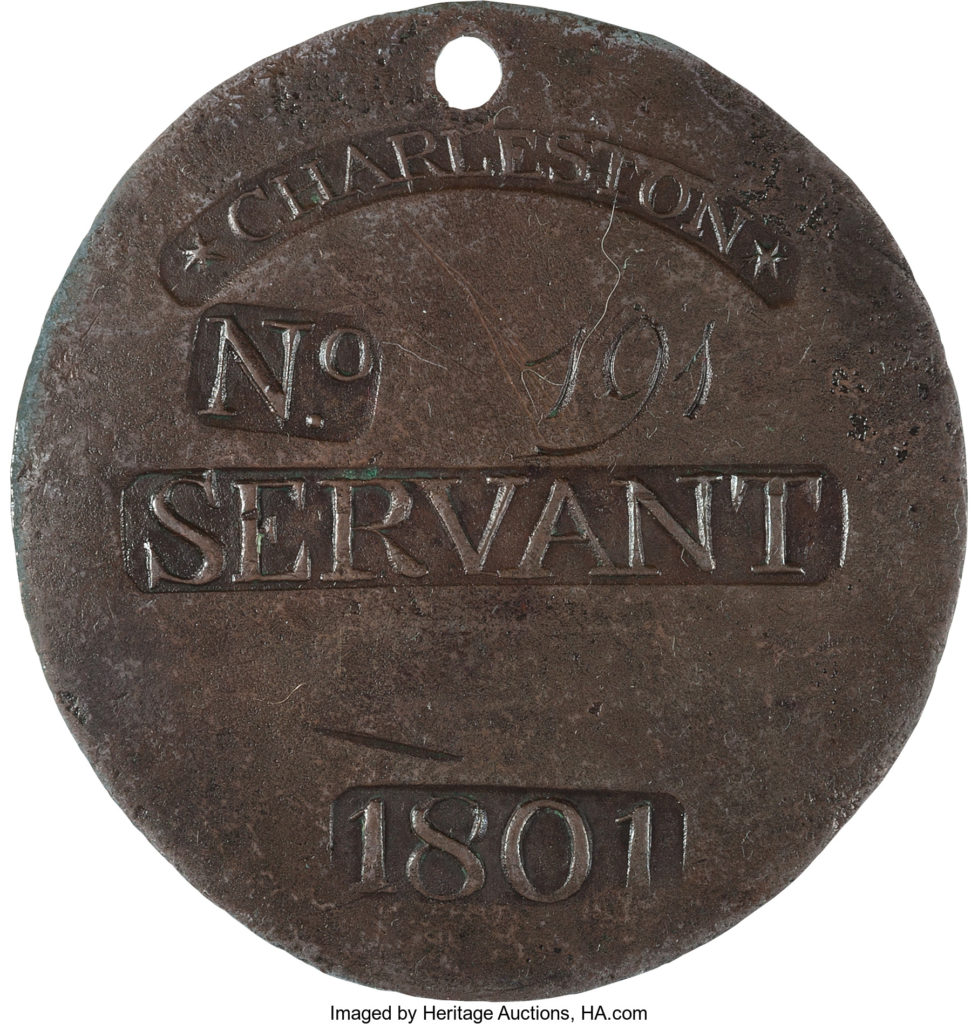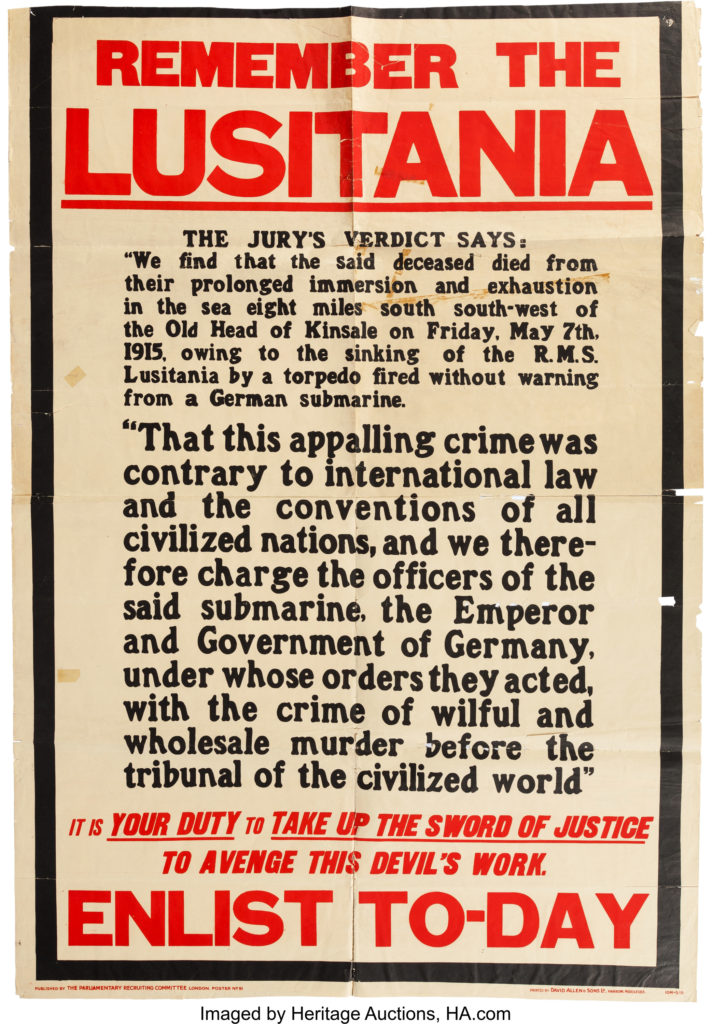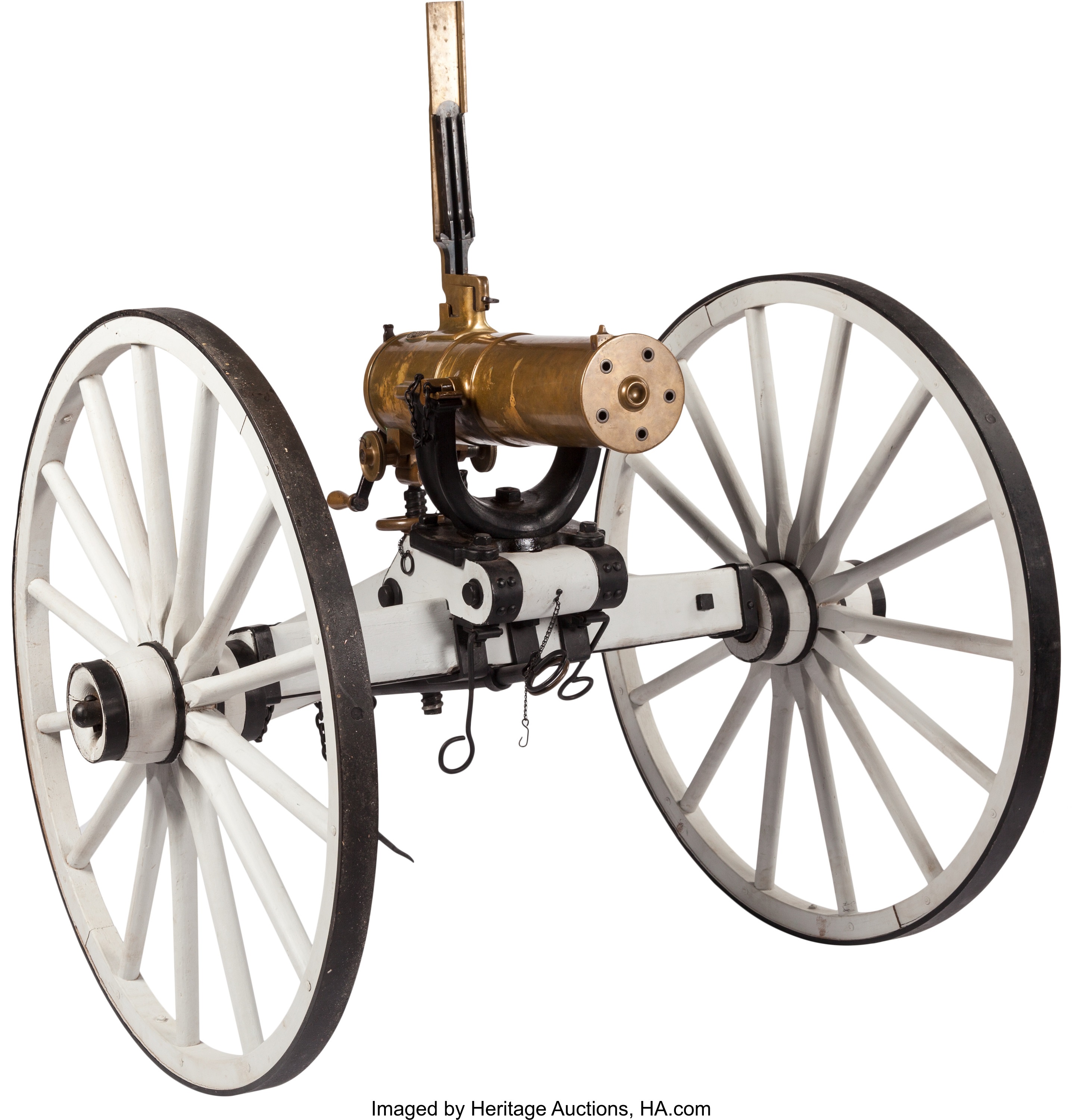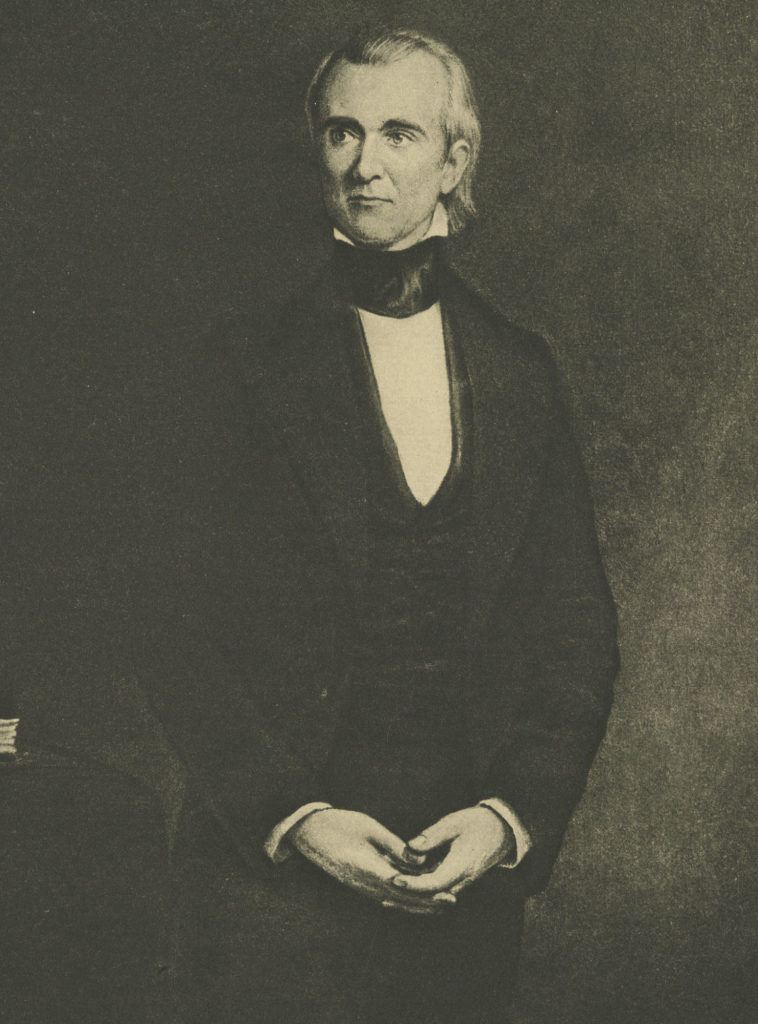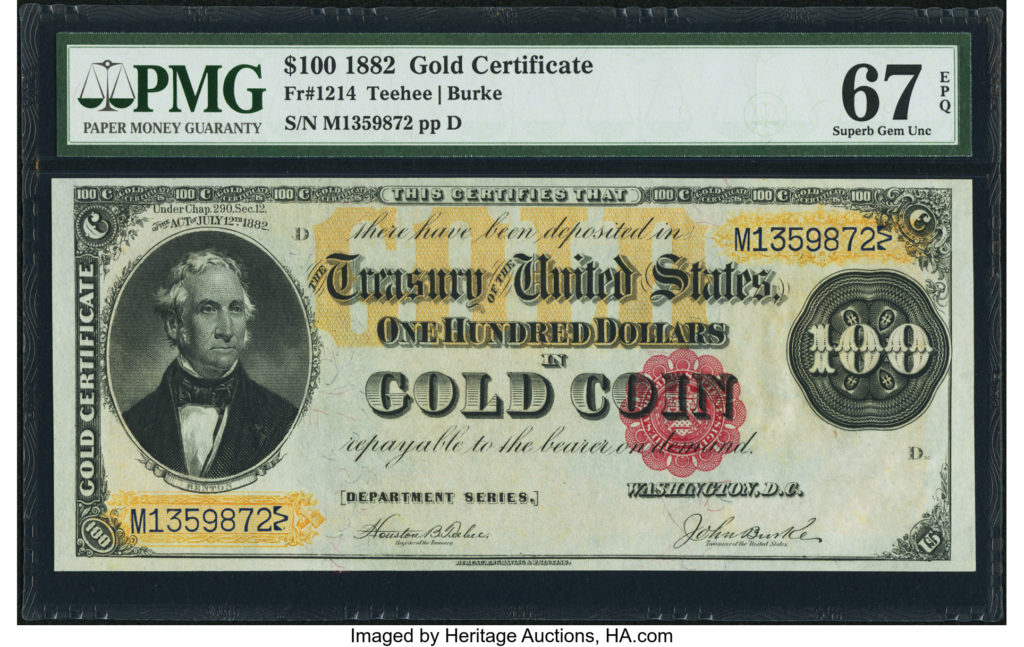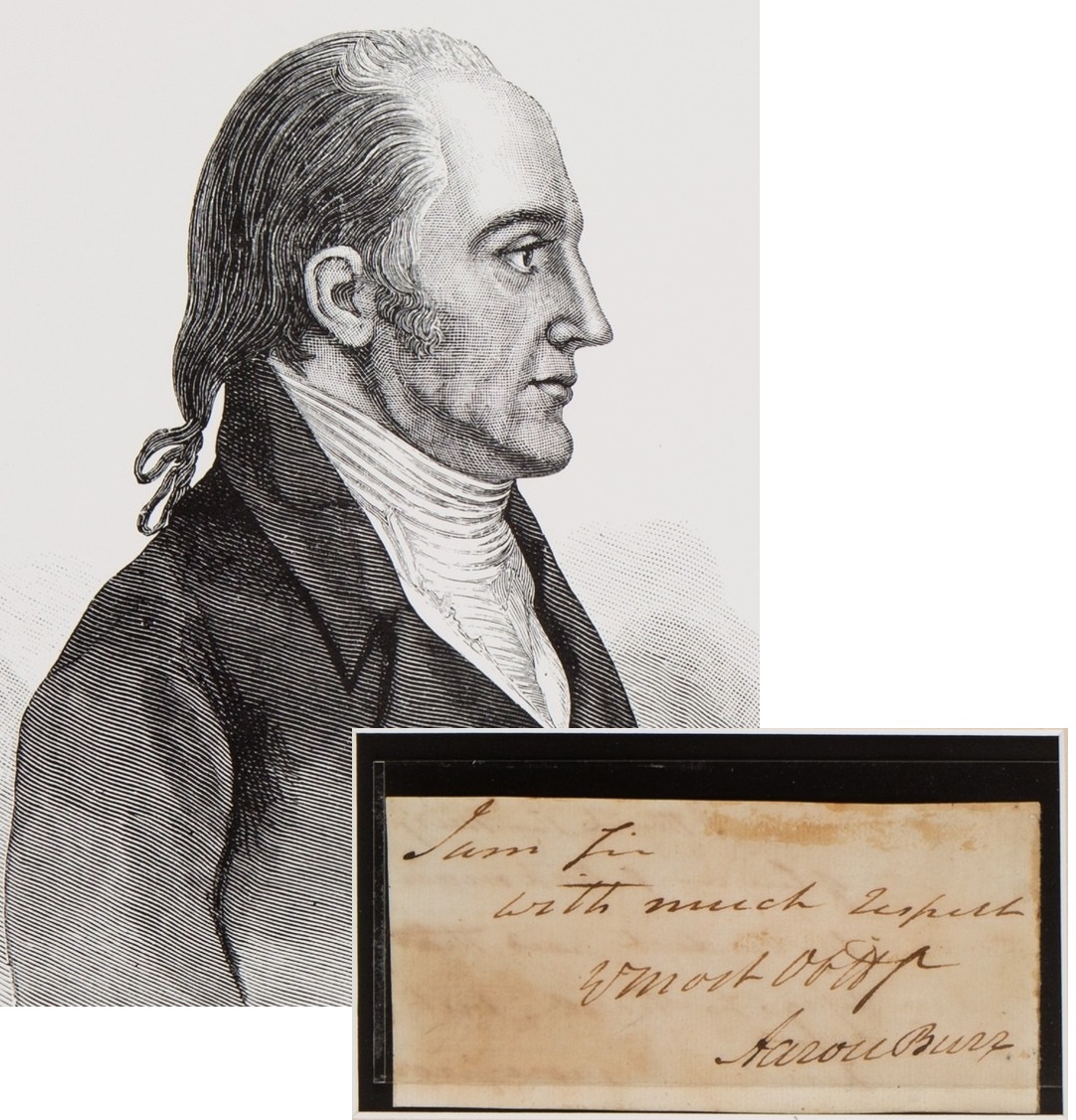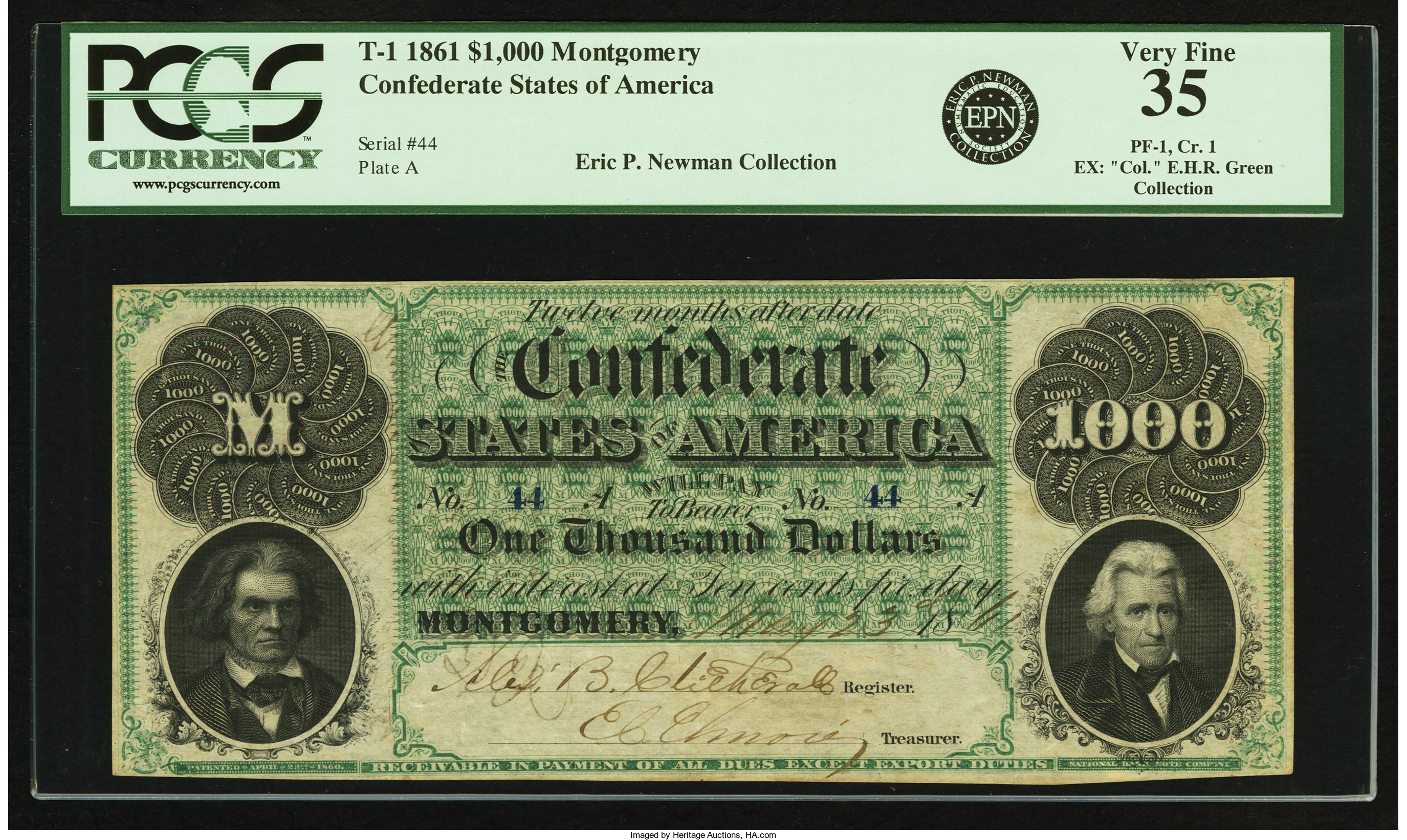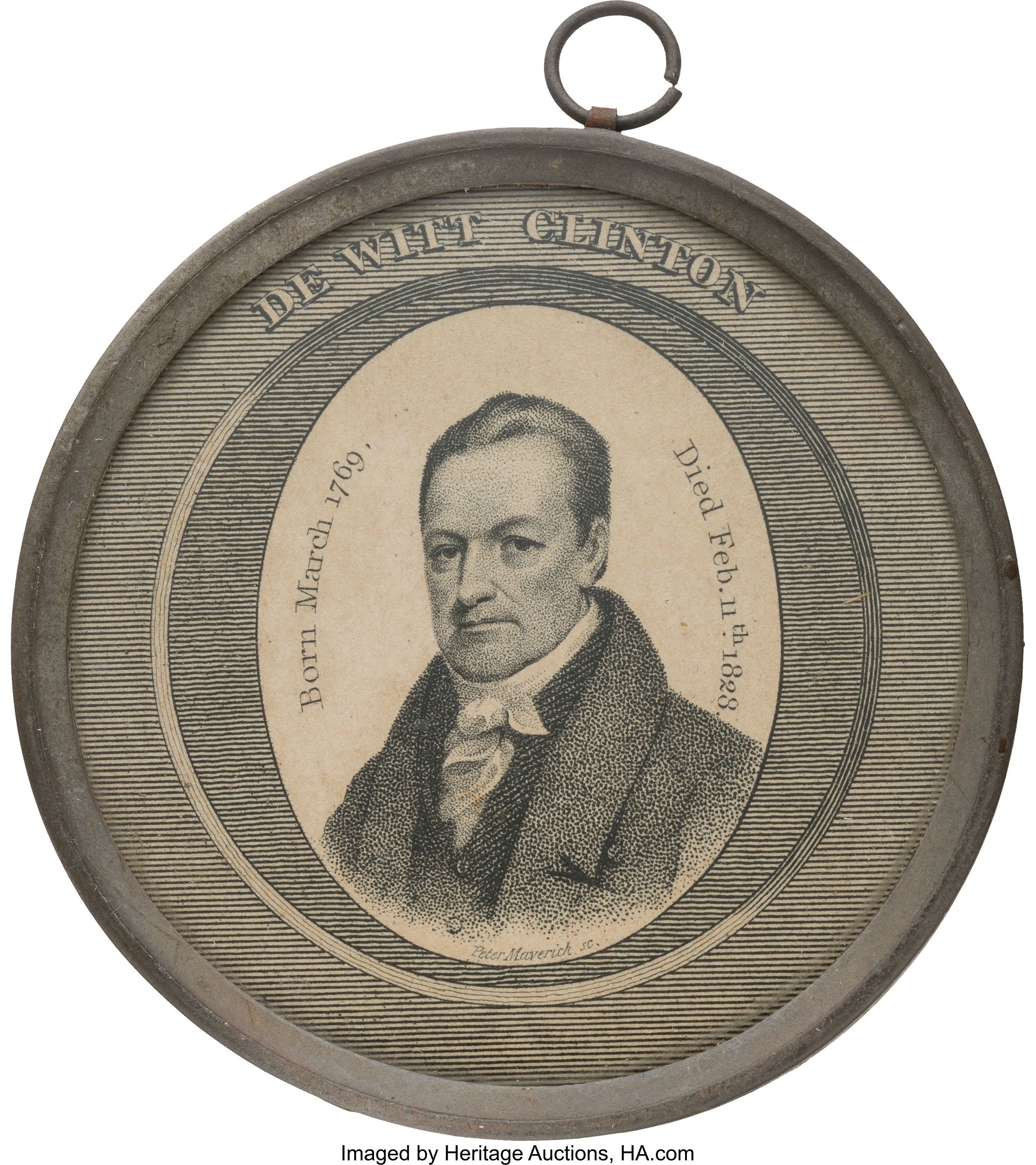
By Jim O’Neal
If you’re not weary yet of presidential politics, hold on. Bill and Hil Clinton are on a 13-city speaking tour using a conversational format followed by a Q&A session. They are most likely eyeing 2020 as yet another chance to move into a big white house in the 1600 block of Pennsylvania Avenue in Washington, D.C. The current occupants do not seem to have a good chance of making it two more years, but next in line is a family named Pence.
The name “Clinton” was also prominent in Washington, D.C., and NYC during the 18th and 19th centuries, and perhaps even more pervasively. George Clinton (1739-1812) is generally considered a Founding Father as he participated in the French and Indian War and was a brigadier general in the Continental Army. He was also a delegate to the Continental Congress in 1776, but opposed adoption of the U.S. Constitution. Like Samuel Adams, he finally relented when the Bill of Rights was added.
He then turned to politics and in 1777 was elected (concurrently) to become lieutenant governor and governor of New York. In the second presidential election in 1792, he came in third behind George Washington and John Adams, but ahead of Thomas Jefferson and Aaron Burr. Clinton served four more years as governor of New York and held the record for longest-serving governor (21 years) until it was broken in December 2015 by Terry Branstad of Iowa. Branstad is now the U.S. Ambassador to China.
George Clinton then served as vice president for Thomas Jefferson in his second term (1805-1809) after Jefferson dropped Aaron Burr (presumably because he killed Alexander Hamilton in a duel in 1804). Clinton then served as vice president for James Madison until Clinton’s death in 1812. This was the first time the office of vice president was vacant and also the first time a VP served for two different presidents. Later, John C. Calhoun would serve as vice president for two different presidents (John Quincy Adams and Andrew Jackson) as he unsuccessfully tried to position himself for the top spot.
However, we are more interested in George Clinton’s nephew, DeWitt Clinton (1769-1828), who challenged James Madison for the presidency in 1812. DeWitt was a U.S. Senator from New York, mayor of NYC, and the sixth governor of New York. It was during his time as governor that he made his mark on history.
At the time, the great American rivers on the Eastern seaboard – like the Hudson, Delaware and Connecticut – were woefully underutilized for transportation or commerce. The primary modes for river transportation were limited to the currents, wind, various animals or one’s own feet. And, of course, going upstream against the currents was difficult and essentially impractical. But there were exciting things going on in Europe that would help transform the United States.
James Watt’s coal-fired steam engines were powering the spinning machines that transformed cotton into high-grade cloth. The cost was so low that the material could be shipped all the way to India and still be cheaper than local hand looms. Since England was sitting on huge supplies of coal and the coalmines could use the abundance of labor, it was a near-perfect situation. The remarkable Industrial Revolution was in full swing, transforming a nation of shopkeepers into a modern nation. The same near-perfect balance occurred in steel production following Henry Bessemer’s technique that obsoleted iron.
Attaching a steam engine to a boat was the next big thing and America’s ingenuity took over. By 1807, an American who had spent most of his life in England and France decided to return to America and tackle this obvious opportunity. Robert Fulton’s boat, the North River Steamboat, was 133 feet long with a tonnage of 160. It literally dwarfed all other experimental steamboats and was ready for a trial run to Albany.
Most skeptics believed Fulton would not be able to ever move 1 mile per hour or be of any utility. With smoke plumes marking its progress, the North River headed north on the Hudson. It arrived in Albany in 32 hours, averaging nearly 5 mph … upstream. On the return, it was back in a mere 30 hours. Vindicated, Fulton predicted it would soon be providing quick and cheap conveyance on the Mississippi, Missouri and others. He was right, as the Mississippi, Ohio and every other major river would soon have steamboats churning up and down their waters.
Even as steam had conquered America’s rivers, other geographic features limited commerce. Mountains were near impossible, and flat lands required the considerable exertion of horses, oxen and people. Land-based commerce – which was rapidly becoming the major activity – was both limited and expensive. One solution was canals and that’s where Governor DeWitt Clinton re-enters the picture. He personally championed the Erie Canal when others (including Thomas Jefferson) thought the idea was “little short of madness.”
Thanks to Clinton’s unwavering efforts to overcome all objections, on July 4, 1817, construction began on a 363-mile canal that was dug all the way from Lake Erie to Albany, N.Y. … blasting its way through mountains with powder from E.I. Du Pont de Nemours; the powder was DuPont’s only product for the company’s first 60 years of its existence. It took eight years and a budget of $6 million, raised from bonds from the public rather than squabbling with state bean counters. It was a lot of money; for perspective, the entire federal government budget for 1811 was $8 million. So hats off to a Clinton with real nerve, perspective and the kind of leadership vision that built this nation.
As an aside, today the federal government spends $8 million every 56 seconds. Maybe that’s why we have bridges that crumble, airports that lag third-world countries and we owe someone $22 trillion.
 Intelligent Collector blogger JIM O’NEAL is an avid collector and history buff. He is president and CEO of Frito-Lay International [retired] and earlier served as chair and CEO of PepsiCo Restaurants International [KFC Pizza Hut and Taco Bell].
Intelligent Collector blogger JIM O’NEAL is an avid collector and history buff. He is president and CEO of Frito-Lay International [retired] and earlier served as chair and CEO of PepsiCo Restaurants International [KFC Pizza Hut and Taco Bell].

